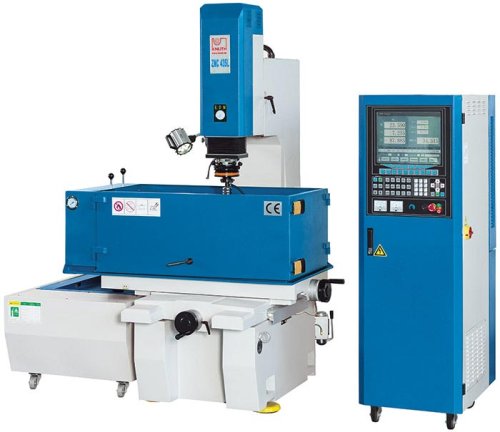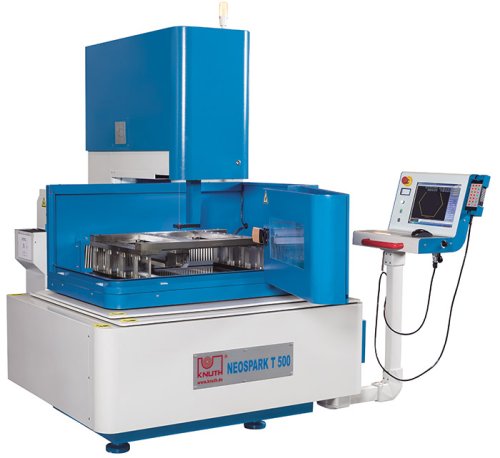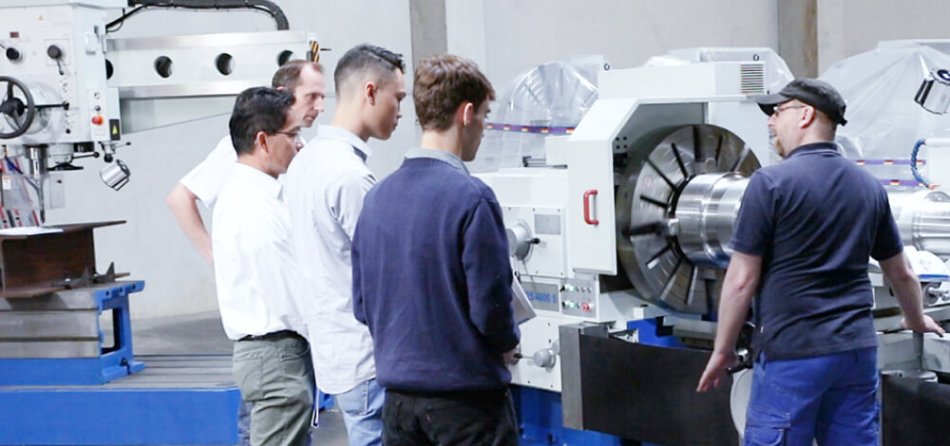EDM Machines
With an EDM machine, you can work on hard and difficult-to-machine materials in a precise and economical way. Use a wire cut EDM machine or die sinking EDM machine to produce and forge dies, injection moulds or die-casting moulds from graphite, electrically conductive ceramics and metals and their alloys. For this purpose, KNUTH offers you both the EDM machine for beginners and the CNC EDM machine, featuring a high speed wire with complex application possibilities, high removal rate and low electrode wear.
With an EDM machine, you can work on hard and difficult-to-machine materials in a precise and economical way. Use a wire cut EDM machine or die sinking EDM machine to produce and forge dies, injection...
read more




